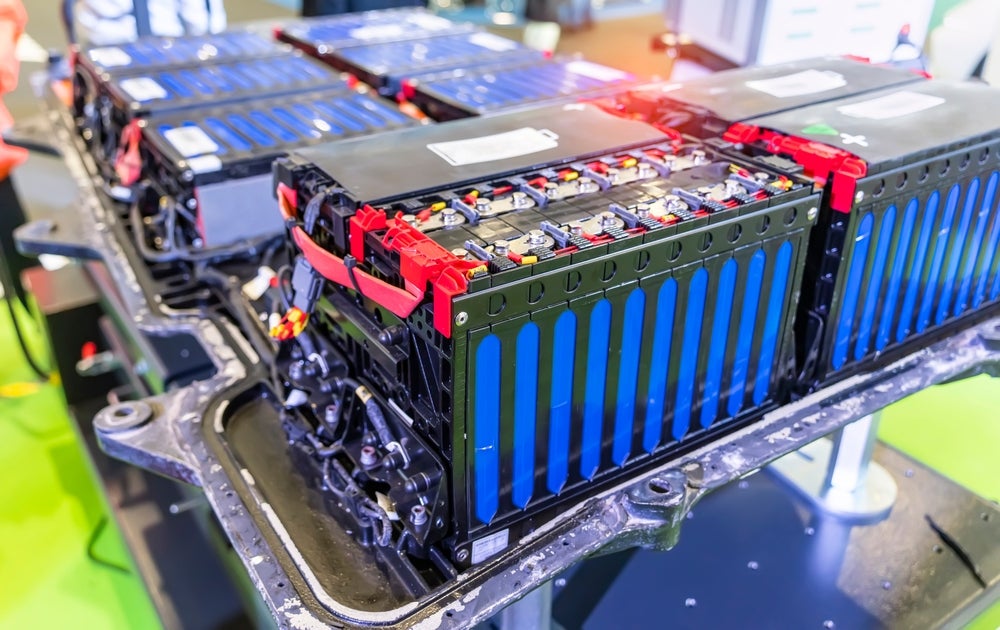The primary difference between depreciation and amortization lies within the type of asset being expensed by a business. Depreciation is typically used for expensing a fixed asset, while amortization deals with expensing an intangible asset.
Businesses are able to expense their assets, with the cost needing to be properly expensed based on the time period for which they are used. Depreciation and amortization are two methods of calculating the value for those assets for that period of time.
Both depreciation and amortization are both non-cash expenses, meaning the business records no cash reduction when the expenses are signed. Both methods are filed as reductions from fixed assets on a company’s balance sheet.
Depreciation
Depreciation refers to the practice of spreading the cost of a fixed asset over a pre-specified period of time – generally the asset’s useful life. Fixed asset is another term for tangible asset – which covers physical items such as computers, manufacturing equipment, office furniture, land and company vehicles.
Depreciation calculates how much of the asset’s value has depreciated since the beginning of the agreement. This is done by subtracting the asset’s resale price from the original cost. The difference in price is distributed over the years of the expected life of the asset.
How well do you really know your competitors?
Access the most comprehensive Company Profiles on the market, powered by GlobalData. Save hours of research. Gain competitive edge.

Thank you!
Your download email will arrive shortly
Not ready to buy yet? Download a free sample
We are confident about the unique quality of our Company Profiles. However, we want you to make the most beneficial decision for your business, so we offer a free sample that you can download by submitting the below form
By GlobalDataThe depreciated amount each year is recognised as deductions for tax purposes, meaning companies can claim expenses each year the asset is still recognised as useful. In addition, depreciation expenses can be recognised on an accelerated basis, meaning more depreciation is recognised at the earlier reporting stages than the later ones.
Amortization
Amortization is the practice of spreading the cost of an intangible asset over a specific timeframe. Intangible assets cover non-physical property such as patents and trademarks, copyrights and franchise agreements. Amortization of such assets takes place to match the expense of acquiring it with the revenue the asset raises.
Assets covered through amortization are typically expenses on a straight-line basis. In other words, the same amount is expensed in every reporting period throughout the asset’s useful life. Unlike depreciation, assets that are expensed using the amortization method do not typically have a resale or salvage value.







